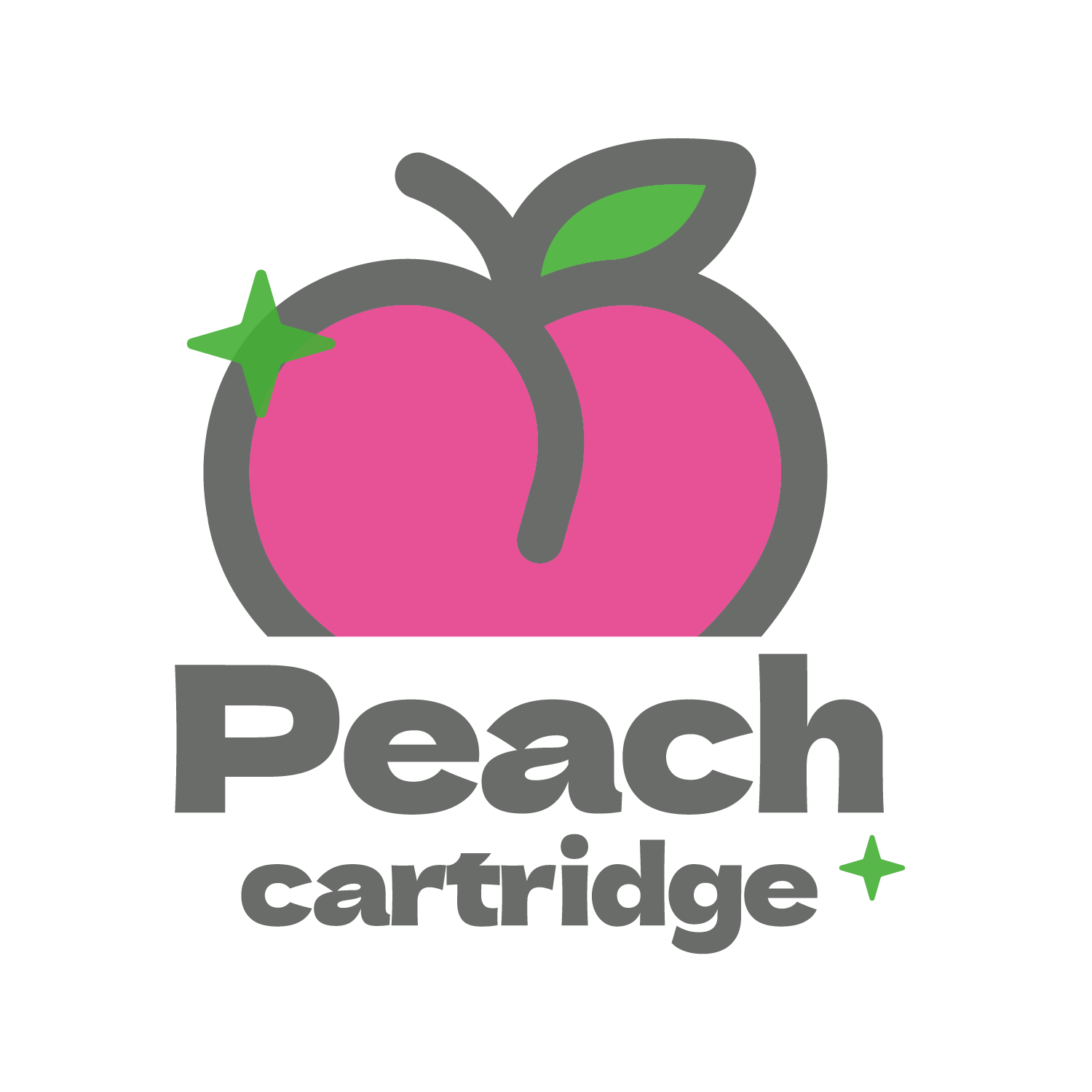A: Introduction
Tattooing has become a widely embraced art form, transforming skin into vibrant canvases that tell personal stories. Whether you’re a tattoo enthusiast or a curious onlooker, understanding the tools behind the art, particularly tattoo needles, is essential. Let’s dive into the intricate world of tattoo needles and see what makes them tick.
B:History of Tattoo Needles
Tattooing is an ancient practice, dating back thousands of years. Early tattoo methods involved crude tools like sharpened sticks or bones. However, as societies evolved, so did the tools. The modern tattoo needle, as we know it, has come a long way, influenced by advancements in technology and hygiene standards.

II: Anatomy of a Tattoo Needle
Understanding the anatomy of a tattoo needle helps in appreciating its function and the skill required to use it. A typical tattoo needle consists of:
- Tip: The point of the needle that penetrates the skin.
- Barrel: The main body of the needle that holds the ink.
- Grip: The handle part that the artist holds.
III:How Tattoo Needles Work
Tattoo needles are attached to a tattoo machine, which moves the needle up and down rapidly. As the needle penetrates the skin, it deposits ink into the dermis layer. This rapid movement and precise control are what create the tattoo.
B:Safety and Hygiene
Safety and hygiene are paramount in tattooing. Sterilization of needles is crucial to prevent infections and diseases. Many studios now use single-use, disposable needles to ensure maximum hygiene.
IV: Choosing the Right Needle for Your Tattoo
Selecting the right needle depends on various factors like the tattoo’s size, style, and the artist’s technique. Consulting with professional tattoo artists can provide valuable insights and recommendations.
V:Tattoo Needle Brands
A:Factors to Consider
Several brands are renowned for their quality and reliability in the tattooing industry. Some popular ones include:
- Cheyenne
- Kwadron
- TATSoul
- PEACH
VI:Innovations in Tattoo Needles
The tattoo industry continually evolves, with recent innovations enhancing needle precision and comfort. For instance, cartridge needles have revolutionized the tattooing process by simplifying needle changes and improving hygiene.
A:Common Misconceptions About Tattoo Needles
There are several myths about tattoo needles that need debunking. For instance, many believe that more needles mean more pain, but that’s not necessarily true. The technique and area being tattooed play significant roles in the pain level.
B:Tattoo Needle Maintenance
Proper care and maintenance of tattoo needles are vital for safety and performance. Needles should be stored in a clean, dry environment and replaced regularly to avoid dullness and contamination.
VII:Conclusion
Tattoo needles are the unsung heroes of the tattoo world, enabling artists to transform ideas into stunning body art. Understanding the types, uses, and safety measures associated with tattoo needles can enhance your appreciation for this intricate art form.
Frequently Asked Questions
No, tattoo needles come in various types and configurations, each designed for specific purposes like lining, shading, or coloring.
Ensure the needle is sterilized and preferably single-use. Reputable tattoo studios follow strict hygiene protocols.
Magnum needles are commonly used for shading large areas due to their flat, stacked formation.
Tattoo needles should be replaced after each use to maintain hygiene and prevent dullness.
No, reusing tattoo needles is unsafe and can lead to infections and other health risks. Always use new, sterilized needles for each tattoo session.
Tattoo needles are designed for different purposes: lining needles for outlining designs, magnum needles for shading, and round shader needles for coloring and shading smaller areas. Each type of needle offers specific benefits depending on the tattooing technique and desired outcome.



